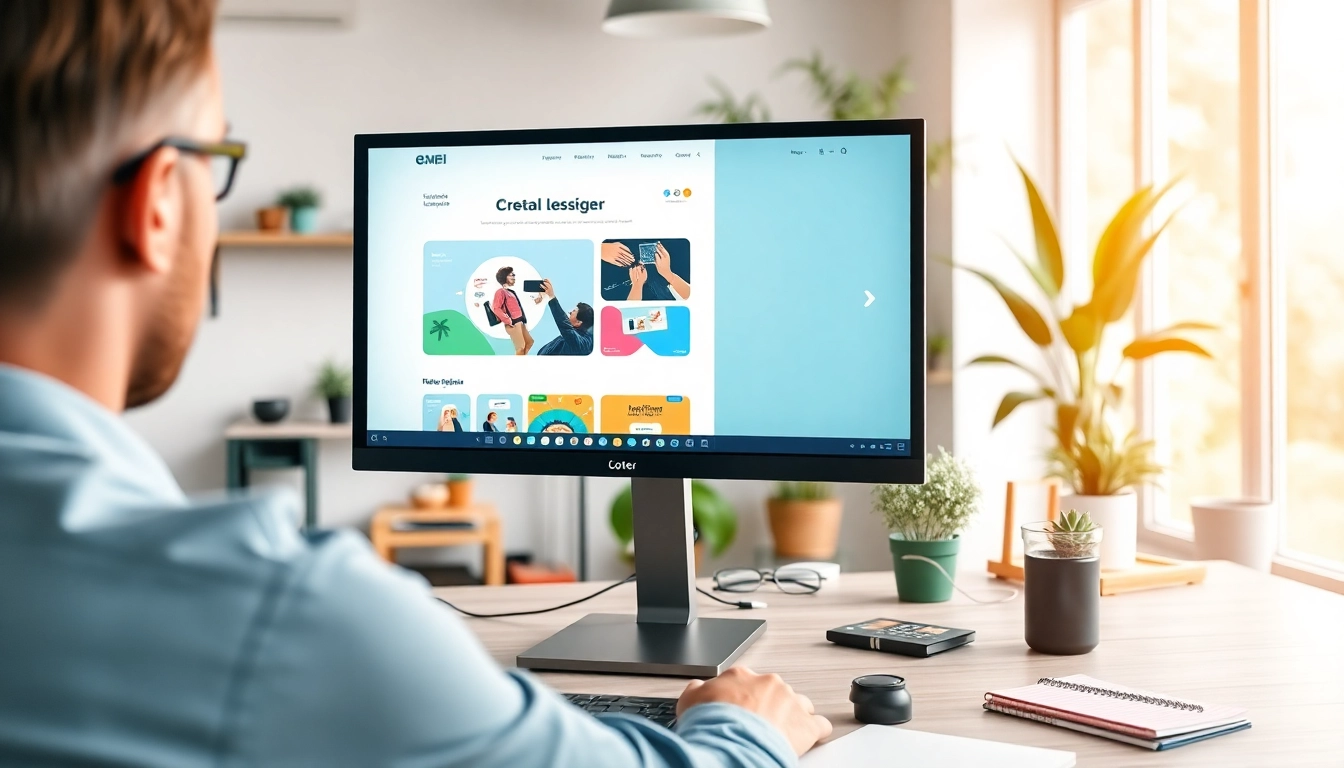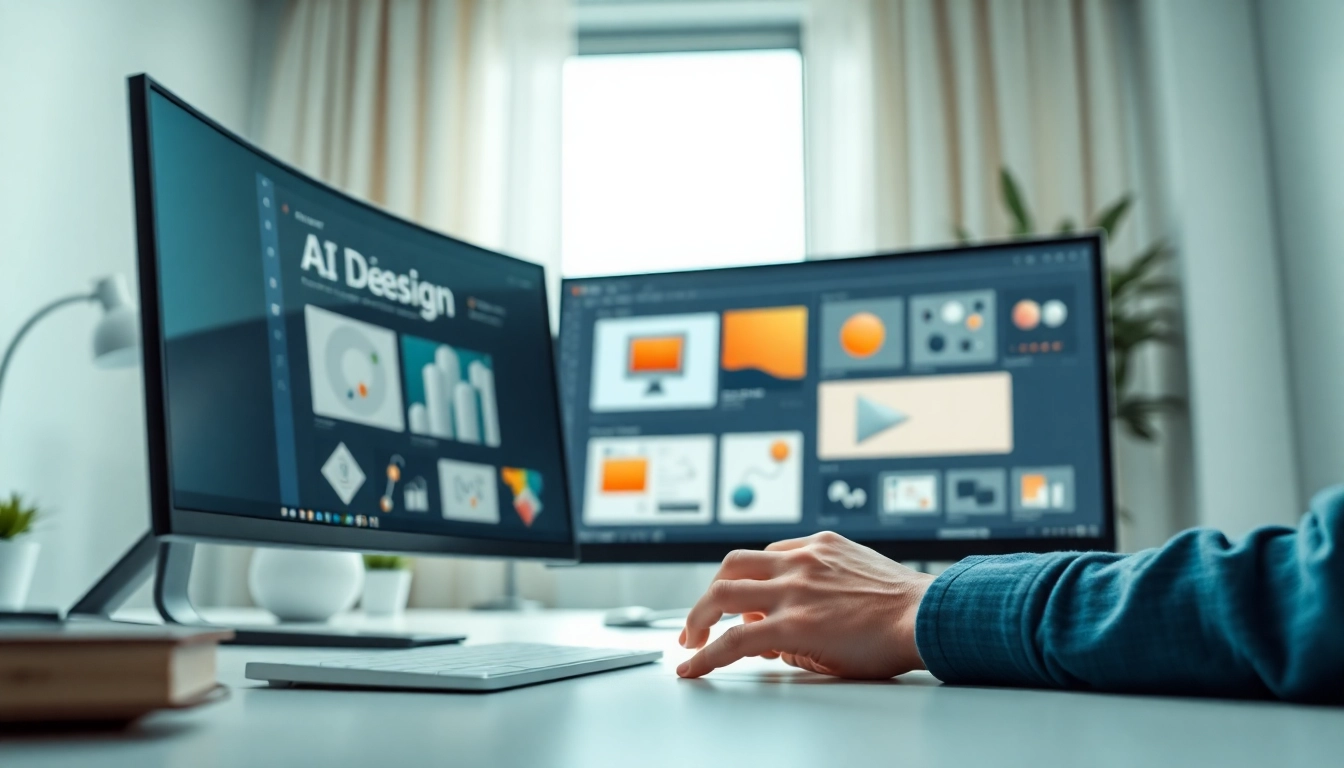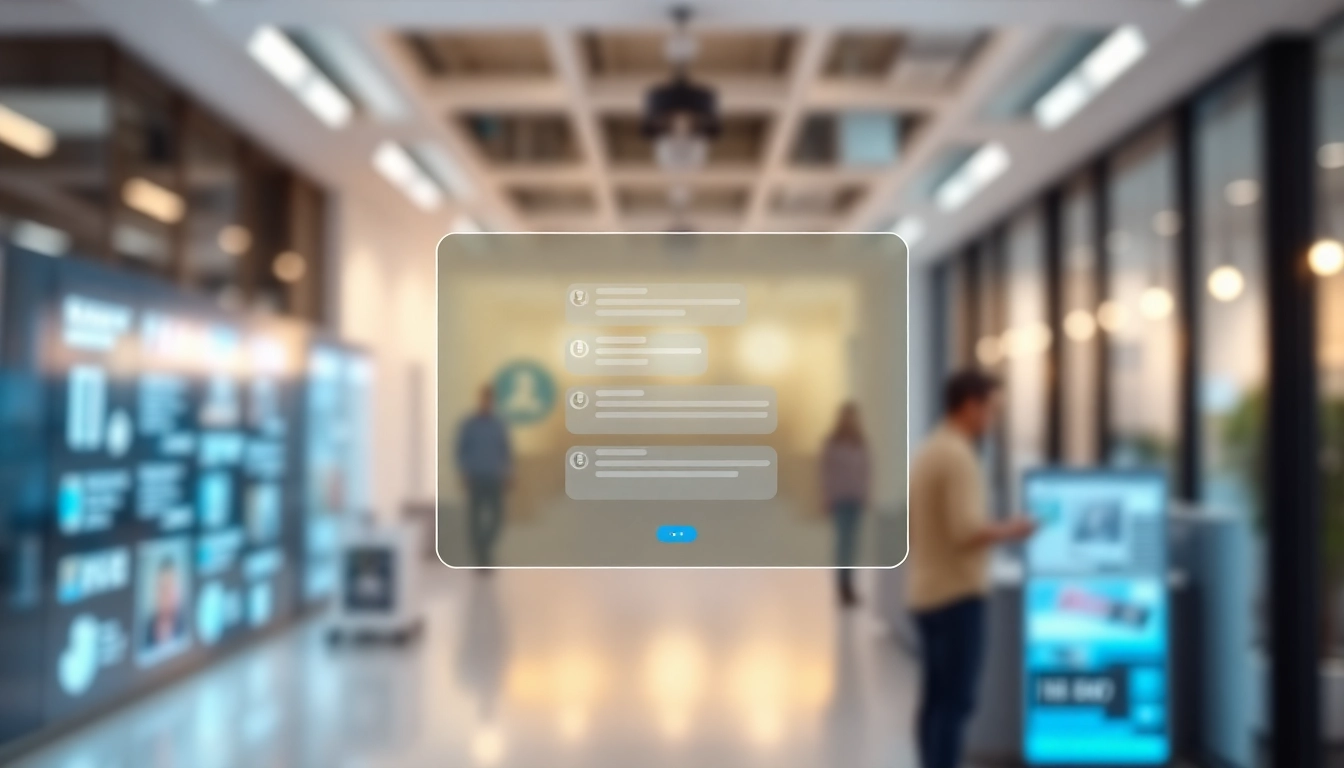Understanding Website Design and Its Importance
Website design encompasses a vast array of skills and disciplines involved in the production and maintenance of websites. This includes everything from web graphic design to user interface design and web authoring, all aimed at delivering an engaging and user-friendly experience. In today’s digital age, a well-crafted website is pivotal for any business or personal brand looking to make a substantial impact online. For those looking to enhance their online presence, understanding the nuances of website design is essential.
What is Website Design?
Website design is an intricate process that blends aesthetics and functionality to create an online platform that is not only visually appealing but also user-friendly. This process involves various elements including layout, color schemes, fonts, images, and overall navigation structure. Each of these components plays a crucial role in how visitors interact with the site and how effectively it serves its intended purposes.
At its core, website design combines creative artistry with technical expertise to cultivate a digital experience that resonates with users while fulfilling business objectives. Depending on the nature of the website—be it for e-commerce, informational, or entertainment purposes—the approaches to design may vary significantly.
Key Elements of Effective Website Design
- Layout: The arrangement of visual elements on the page must facilitate intuitive navigation and guide users toward key information.
- Color Scheme: The colors chosen must align with branding while also creating an emotional response and enhancing readability.
- Typography: The fonts used must be legible and appropriate for the target audience, with proper hierarchies established for different types of content.
- Imagery: High-quality images must be selected to maintain aesthetic appeal and support the message of the website.
- Usability: A site must be designed to ensure ease of use, with accessible navigation, fast load times, and a clear call to action.
The Benefits of Professional Website Design
Investing in professional website design confers several advantages, including:
- Enhanced User Experience: This leads to higher retention rates as users find what they are looking for quickly and easily.
- Improved Branding: A well-designed website conveys professionalism and enhances the brand’s image.
- SEO Optimization: A good design takes into account SEO best practices, ensuring that the site ranks higher in search results.
- Increased Conversion Rates: By guiding users through a predictable pathway, effective design impacts conversion rates positively.
Essential Principles of Modern Website Design
Responsive Design: Adapting to All Devices
Responsive design is a critical component of modern website development. With an increasing number of users accessing websites via smartphones and tablets, creating a website that automatically adjusts its layout based on the device’s screen size is essential. This adaptable functionality not only improves user experience but is also favored by search engines when ranking websites.
To implement a responsive design, designers often utilize fluid grids, flexible images, and media queries that adjust styles based on device characteristics. By ensuring that your website provides an optimal viewing experience across all devices, you can enhance usability and accessibility.
User Experience: Designing for Visitors
User experience (UX) focuses on the overall experience a user has when interacting with a website. It encompasses factors such as usability, functionality, and aesthetics. An effective website should anticipate users’ needs, providing straightforward navigation, clear information architecture, and ease of access.
Analytics tools can be instrumental in understanding user behavior, helping designers to identify pain points and optimize the site accordingly. Conducting user testing and gathering feedback can also yield insights that drive UX improvements, ensuring that the website meets or exceeds user expectations.
Visual Hierarchy: Guiding User Attention
Visual hierarchy refers to the arrangement of elements in a way that indicates their importance. It plays a vital role in guiding users’ focus to significant elements such as calls to action, service descriptions, or product details.
By using varying sizes, colors, and placements of content, you can create an effective visual hierarchy. For instance, primary actions should be prominent and distinct, while secondary information can be more subdued. This strategy not only enhances usability but also reinforces messaging and branding.
Best Practices for Creating Remarkable Website Design
Choosing the Right Color Schemes and Fonts
Color schemes significantly impact user perception and engagement. It’s advisable to adopt a color palette that reflects your brand identity while also being accessible to users with color vision deficiencies. Websites should typically comprise a primary color, a secondary color, and an accent color to create visual balance.
Typography also plays a crucial role; selecting fonts that are not only aesthetically pleasing but also readable can greatly enhance the overall user experience. Consistency in font style across the site contributes to a cohesive look, while varying font sizes for headings and body text can help establish visual hierarchy.
Utilizing White Space Wisely
White space, or negative space, refers to the empty areas around and between elements on a webpage. Strategic use of white space can help reduce clutter, making the content more digestible and the user experience more enjoyable. It allows users to focus on important elements without excessive distraction.
Effective use of white space can improve legibility and even guide visitors toward calls to action, enhancing their overall journey through the website.
Incorporating Engaging Multimedia Elements
Incorporating multimedia elements such as videos, gifs, and animations can greatly enrich the user experience. However, it is essential to use these elements judiciously to avoid overwhelming users or misleading them about site purpose.
Videos can be particularly effective for storytelling or product demonstrations. Gifs and micro-interactions are effective for engagement. Careful consideration around load times and performance implications of multimedia is crucial as well; optimizing media files will enhance loading speeds, vital for retaining visitor interest.
Common Mistakes to Avoid in Website Design
Overlooking Mobile Optimization
Failing to optimize a website for mobile users can lead to significant traffic loss. As mobile browsing increases, sites that offer a lackluster experience on smaller screens can deter potential customers. Prioritizing mobile-friendliness in the design phase is essential to ensure that users have a seamless experience, regardless of the device they use.
Neglecting User Testing and Feedback
Many designers make the mistake of assuming their design will be intuitive. However, without actual user testing, this could lead to oversight of user preferences and issues. Engaging real users during the testing phase can reveal critical insights and highlight areas for improvement, ensuring the final design aligns with user needs.
Ignoring SEO Best Practices
In the quest for creating visually stunning websites, some designers overlook vital SEO considerations. Implementing best practices, such as optimizing site speed, meta tags, and alt text for images, can significantly enhance a website’s visibility. A beautiful design that is not optimized for search engines will struggle to attract traffic, making SEO an integral part of the design process.
Future Trends in Website Design
Embracing AI and Automation in Design
The integration of AI and automation in website design is revolutionizing how sites are created and maintained. Tools leveraging AI can analyze user behavior, suggest design elements, and even automate coding processes, allowing for faster iterations and updates. This creates a personalized user experience based on data-driven insights that can significantly enhance engagement.
Sustainability in Web Design Practices
As environmental concerns continue to grow, incorporating sustainable practices into web design has garnered increased attention. This entails creating websites that are optimized for energy efficiency, ensuring that server resources are minimized while maintaining performance. Awareness of the ecological footprint of digital products is pushing designers toward greener solutions.
The Rise of Minimalist and Purpose-Driven Design
Minimalist web design, which emphasizes simplicity and functionality, is becoming increasingly popular. This style focuses on essential elements, ensuring that users aren’t overwhelmed by excessive information or flashy designs. Purpose-driven design appeals to audiences looking for authenticity and value-driven narratives, allowing brands to connect with users on a deeper level.
As the landscape of website design continues to evolve, staying informed about trends and best practices is crucial. By understanding the fundamentals and adapting to new technologies and user expectations, designers can create effective, engaging websites that stand out in a competitive digital world.



